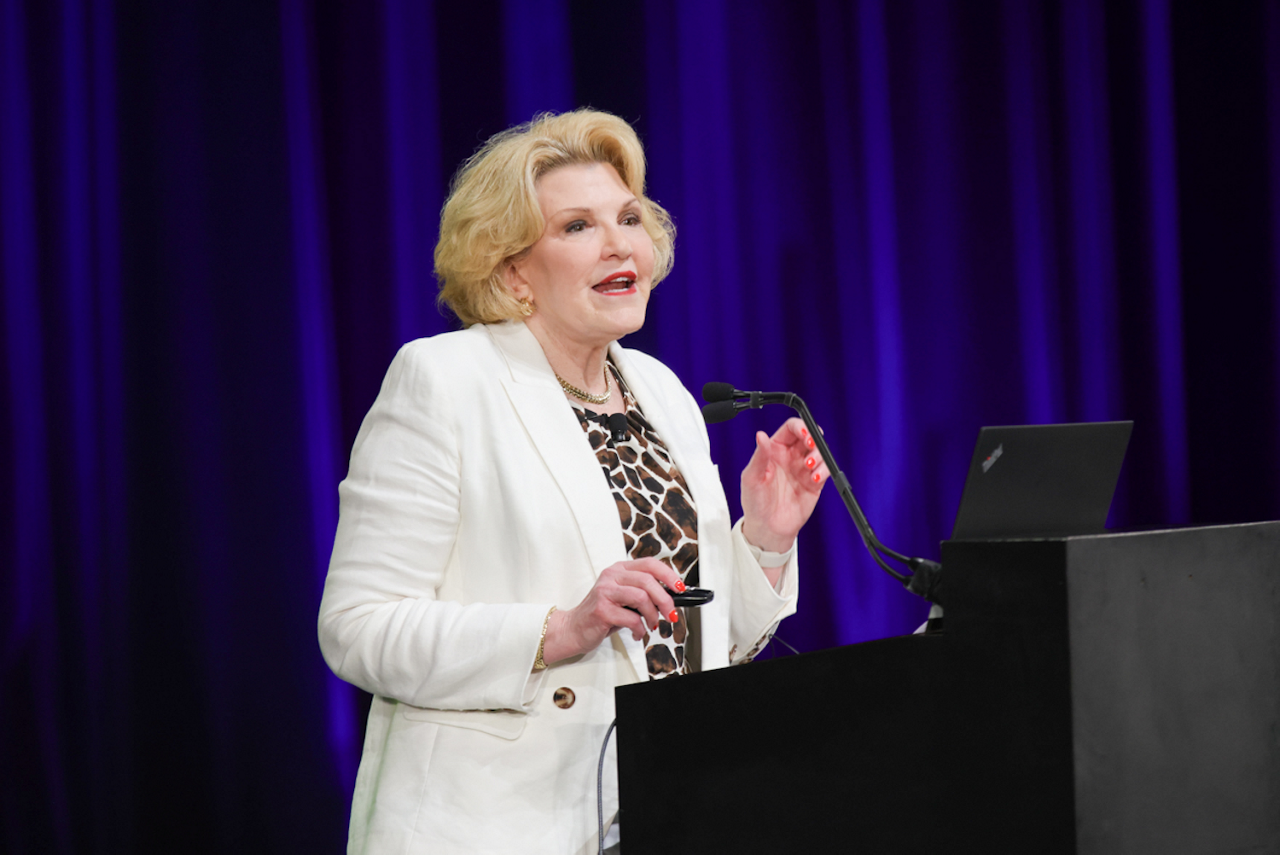The employee benefits world is constantly in flux. But when you factor in new blockbuster drugs with a high cost for employers, a new presidential administration, and various trending benefits that support employee concerns, it seems there’s more than ever to watch in the space.
So, how are employers approaching GLP-1 drugs in their plans? What benefits might experience growth this year? And how might the Trump administration affect retirement and health benefits?
For answers, SHRM spoke with Julie Stich, vice president of content at the International Foundation of Employee Benefit Plans (IFEBP), a nonprofit organization based in Brookfield, Wis., with 31,000 employer members.
SHRM: What’s one of the major challenges or decision points that is top of mind for employers this year?
Stich: Certainly a big topic from last year that I feel is still here and ever present is GLP-1 drugs. We’re still having a lot of discussion about how that’s going to be covered. Another public-sector plan [in Colorado] recently said it was going to cut coverage for their employees. That’s something that’s still top of mind right now—they’re trying to get a handle on how to deal with it, if they should cover them, how they can pay for them, what the long-term ramifications are, the long-term effectiveness.
SHRM: Like Colorado—which said it would limit insurance coverage of GLP-1 drugs for its state employees—do you think more employers or plans could pull back on the drugs given the very high price tags?
Stich: I think we’ll see ebbs and flows as we continue to see what the realistic price tag is. It hopefully will have a longer-term positive impact financially if this can sustain and help people overall with their long-term health. But for right now, the immediacy of the cost is big. There’s still a lot of discovery left to be made and in trying to wrap the employer and plan sponsors’ arms around dealing with the immediate cost now and what that might mean for the future.
SHRM: What are some of the specific benefits you expect to be big this year?
Stich: Menopause support is on employers’ minds and what they can do for women who are going through that period in their life—whether it’s offering resources, whether it’s specific menopause benefits, even support like providing fans, and other [benefits such as] some paid time, flexible work options, and allowing them to work from home.
SHRM: I know IFEBP had some recent interesting stats on the growth of student loan benefits.
Stich: Student loan benefits are certainly one particular benefit that’s top of mind. But then segueing into the broader look at financial well-being, a lot of employees are struggling to become financially well. There’s movement toward financial literacy education, emergency savings accounts, trying to beef up education and awareness of 401(k) benefits and what the 401(k) plan is designed to look like. There’s some talk about if there’s going to be another SECURE Act. And there’s some bipartisan discussions about the 401(k) entry point [for employees in their company’s plan] going down to 18 years old; now, it’s typically 21. So, there’s just more of a thought now on financial wellness in a number of ways.
SHRM: Lastly, what are some of the areas in the health and benefits realm you are watching as far as the new administration?
Stich: Some of the things that have happened, or that we anticipated would happen, are related to President Trump’s first administration. So, something like the conflict of interest or fiduciary rule, it seems likely that he will want to roll back the Biden administration’s changes, which were part of the Obama administration, and return to the ERISA [Employee Retirement Income Security Act] definition of fiduciary. Some of those things we are expecting and tie over from his first term. There’s also some discussion about the expansion of HSAs [health savings accounts]. Trump’s administration has expressed interest in expanding various aspects, so that will be something to watch.
An organization run by AI is not a futuristic concept. Such technology is already a part of many workplaces and will continue to shape the labor market and HR. Here's how employers and employees can successfully manage generative AI and other AI-powered systems.




